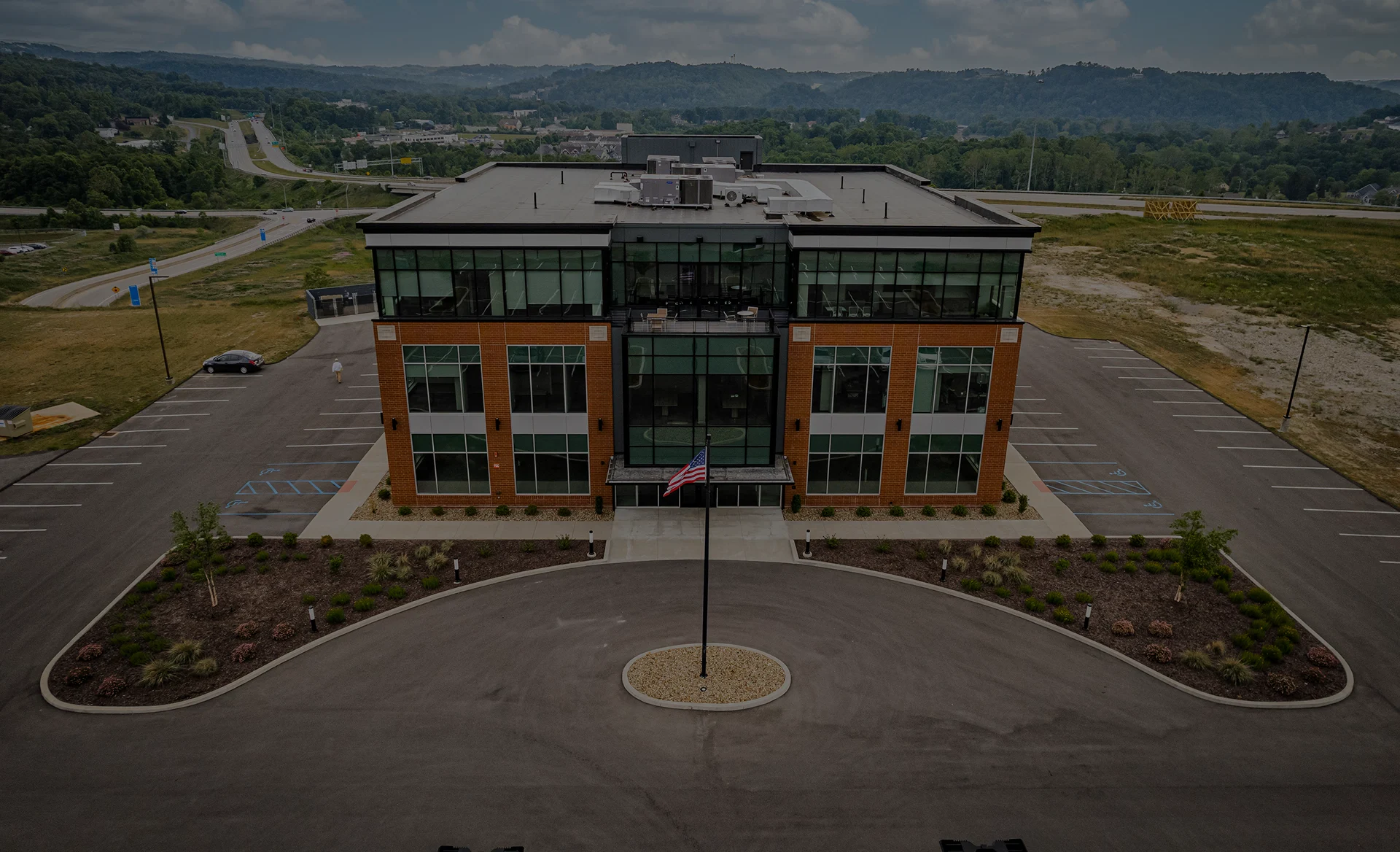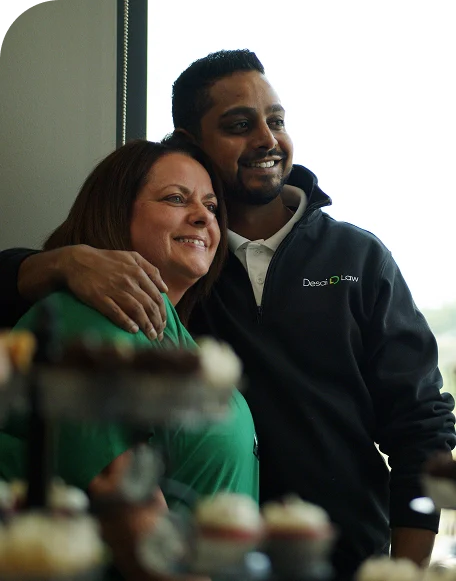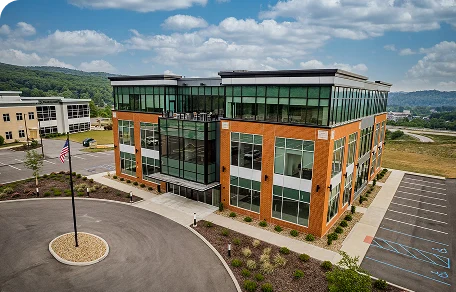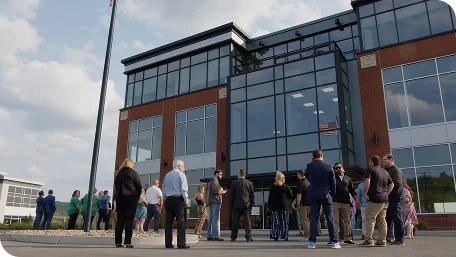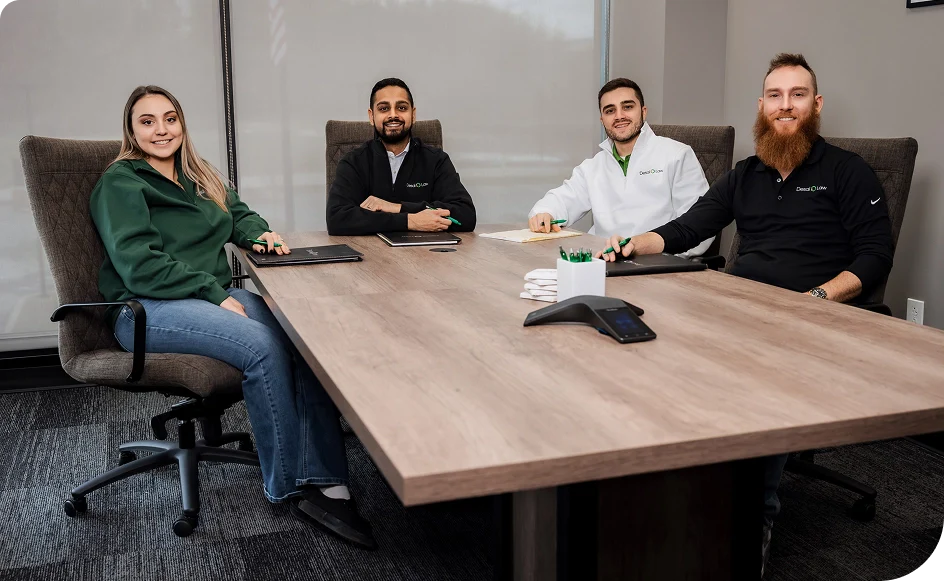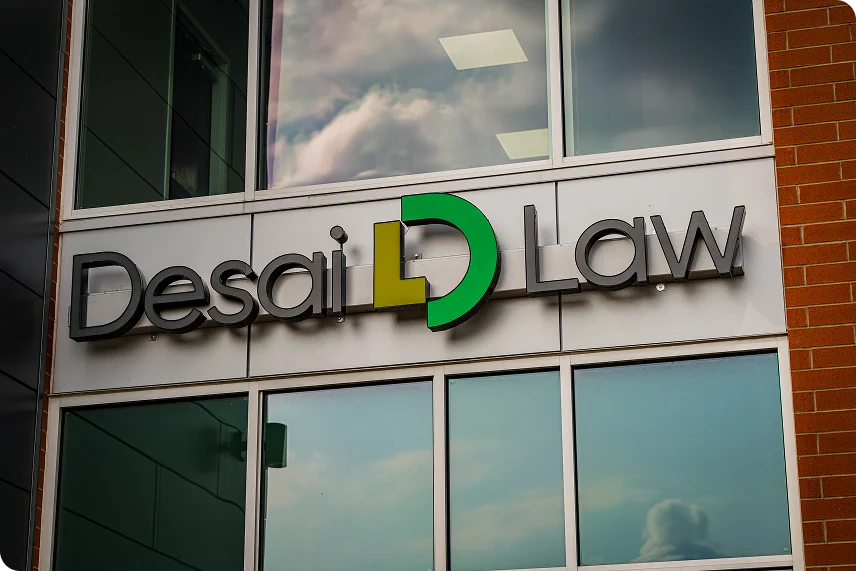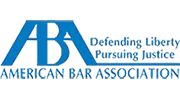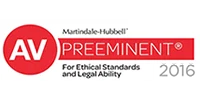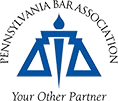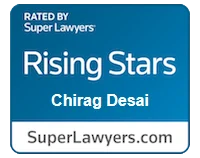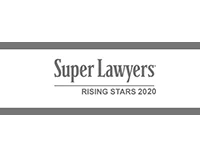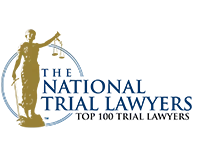Personal Injury Lawyers In Morgantown, WV
Fights for the little guy
No matter what challenge you’re up against, we help you put the right stone in your sling to defeat your Goliath. We’re ready to hear from you 24 hours a day, seven days a week, because we know that accidents can take place at any time, and we’re passionate about helping those who have suffered injuries at the hands of other people.
